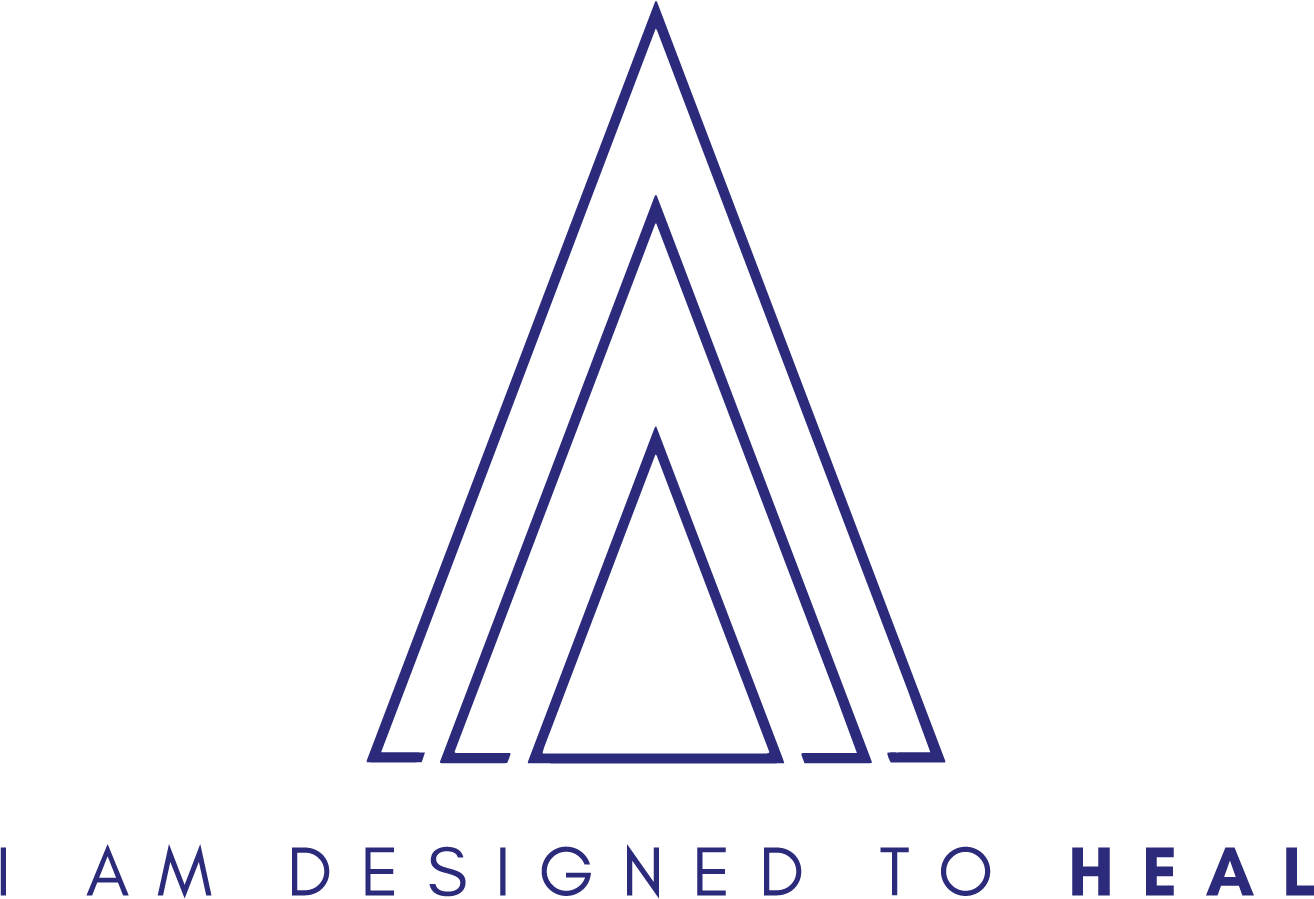
22 Sep How Acupuncture and Tui Na Alleviate Neuropathy and Reduce Muscle Loss
If you’re dealing with neuropathy or muscle loss, acupuncture and Tui Na offer traditional, holistic solutions that can provide significant relief and support your overall health. Here’s a closer look at how these ancient therapies work and how they can benefit you.
Acupuncture for Neuropathy
1. Pain Relief and Nerve Function Improvement
Pain Modulation: Acupuncture helps manage pain by targeting specific points on the body, which can release endorphins—natural painkillers—and other neurotransmitters. This can be particularly beneficial for neuropathy, where pain often stems from nerve damage. Research published in the Journal of Pain Research confirms that acupuncture is effective in reducing pain in neuropathic conditions.
Nerve Repair and Regeneration: Acupuncture is believed to boost nerve function and repair by improving blood flow and enhancing the circulation of energy (qi). This can aid in the recovery of damaged nerves. A study in the Journal of Traditional Chinese Medicine found that acupuncture improved nerve function and alleviated symptoms in patients with diabetic neuropathy.
2. Reduction of Inflammation
Inflammatory Response: Chronic inflammation can worsen neuropathic pain. Acupuncture helps reduce inflammation by modulating pro-inflammatory cytokines and boosting the body’s natural anti-inflammatory responses. Research in the Journal of Acupuncture and Meridian Studies shows that acupuncture can lower inflammatory markers and improve pain management.
3. Improved Blood Circulation
Circulation Enhancement: Acupuncture enhances blood flow to affected areas, which helps deliver essential nutrients and oxygen to damaged nerves. Improved circulation also aids in removing metabolic waste products that can contribute to pain and nerve damage.
Tui Na for Neuropathy
1. Muscle Relaxation and Pain Relief
Manual Techniques: Tui Na involves manual techniques like kneading, rolling, and pressing to relax tight muscles and relieve pain. For neuropathy, these techniques can ease muscle tension and enhance overall comfort.
Qi Regulation: Tui Na balances the flow of qi (vital energy) through the meridians, which can help reduce pain and improve nerve function. This holistic approach addresses both physical symptoms and underlying energy imbalances.
2. Enhanced Mobility and Flexibility
Joint and Muscle Mobilization: Tui Na techniques improve joint mobility and muscle flexibility, which is beneficial for individuals with neuropathy who may experience stiffness or restricted movement. Enhanced flexibility supports physical activity and overall health.
3. Increased Blood Flow and Healing
Circulation Improvement: Similar to acupuncture, Tui Na boosts blood circulation to affected areas, promoting nutrient delivery and speeding up the healing process. This is especially beneficial for managing neuropathic pain and supporting nerve health.
Acupuncture and Tui Na for Reducing Muscle Loss
1. Muscle Stimulation and Strengthening
Muscle Activation: Acupuncture stimulates muscle tissue, helping to improve muscle tone and prevent atrophy. By targeting specific acupoints, acupuncture enhances muscle function and strength. Research in the Journal of Rehabilitation Medicine supports acupuncture’s role in boosting muscle strength and function.
Manual Therapy: Tui Na helps maintain muscle strength and mass through its manual techniques, which keep muscles active and engaged. This therapy helps prevent muscle loss by promoting healthy muscle function.
2. Prevention of Atrophy
Maintaining Muscle Health: Regular treatments with acupuncture and Tui Na can prevent muscle atrophy, especially for those less active due to chronic pain or neuropathy. These therapies keep muscles stimulated and functioning, reducing the risk of muscle loss.
3. Overall Physical Wellness
Holistic Benefits: Both acupuncture and Tui Na contribute to overall physical wellness by addressing circulation, nerve function, and muscle strength. This comprehensive approach supports muscle mass maintenance and overall health, particularly for individuals with conditions that contribute to muscle loss.
Practical Considerations
1. Frequency of Treatment
Acupuncture: To manage neuropathy and muscle loss effectively, treatments are typically recommended 1-2 times per week. The frequency may vary based on the severity of symptoms and individual response. Regular sessions help maintain progress and manage symptoms.
Tui Na: Similar to acupuncture, Tui Na treatments may be recommended weekly or bi-weekly. The ideal frequency depends on the individual’s needs and the severity of muscle loss or neuropathy.
2. Professional Consultation
Licensed Practitioners: Dr. Alik has the necessary experience and training to treat neuropathy and muscle loss. He creates personalized treatment plans for each patient, ensuring safe, effective therapy tailored to your condition.
Conclusion
Acupuncture and Tui Na offer valuable, holistic approaches to managing neuropathy and reducing muscle loss. By enhancing nerve function, reducing inflammation, improving blood circulation, and supporting muscle health, these traditional therapies provide comprehensive relief and contribute to overall well-being. Regular treatments, customized to your needs, can help you achieve the best results and support long-term health.
References
- Journal of Pain Research. Retrieved from Journal of Pain Research
- Journal of Traditional Chinese Medicine. Retrieved from Journal of Traditional Chinese Medicine
- Journal of Acupuncture and Meridian Studies. Retrieved from Journal of Acupuncture and Meridian Studies
- Journal of Rehabilitation Medicine. Retrieved from Journal of Rehabilitation Medicine


